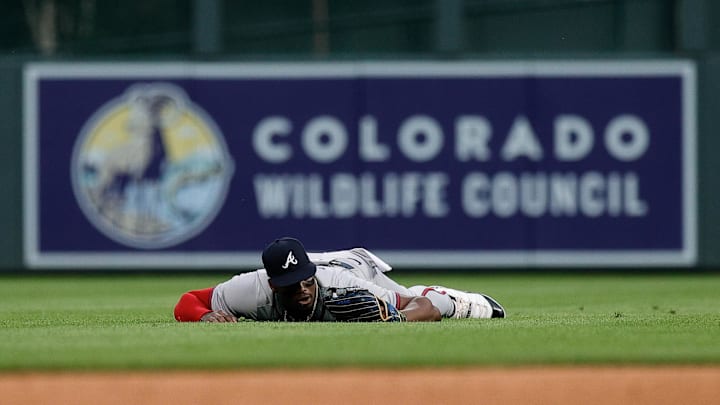NL East’s five worst contracts today
We generally think of bad contracts as a multi-year, nine-figure albatross like the Tigers’ ill-conceived six-year, $140M deal with Javier Baez, who responded by batting .221/.262/.347/.610 over his first three seasons, but it doesn’t have to be big to be a bad deal.
Three NL East teams are in the hunt for a ticket to the postseason, and it isn’t a coincidence that those teams also have at least one bad contract on the books for 2025.
Here’s my list of the worst and those that will go bad before they end.
Number 5 - David Fletcher, 2B/RHP, Atlanta Braves
Five Years (2021-2025), $26M ($6.5M AAV)
I suspect many of you are surprised to find that the Braves are paying David Fletcher. Others may wonder why the Braves would bring in players to fill in for Ozzie Albies if they have a veteran second baseman on the books. (I don't know either.)
Fletcher was the Angels sixth-round pick in 2015, made his debut in 2018, and became their starting second baseman in 2019. After being a below-average hitter since his debut, Fletcher batted .319/.376/.425/.801 in his 49-game 2020 season. The Angels brain trust decided it was his breakout year, gave him the five-year deal, and he returned to being a light-hitting, glove-first player.
The Braves acquired Fletcher along with Max Stassi as part of the convoluted process that brought Jarrad Kelenic to Atlanta. He appeared in five April games before being outrighted to AAA, where he began pitching part-time. He’s now a two-way player with Mississippi. Fletcher isn’t part of the Braves plans going forward, but his contract and its $1.5M buyout of the 2026 option will be there in 2025.
